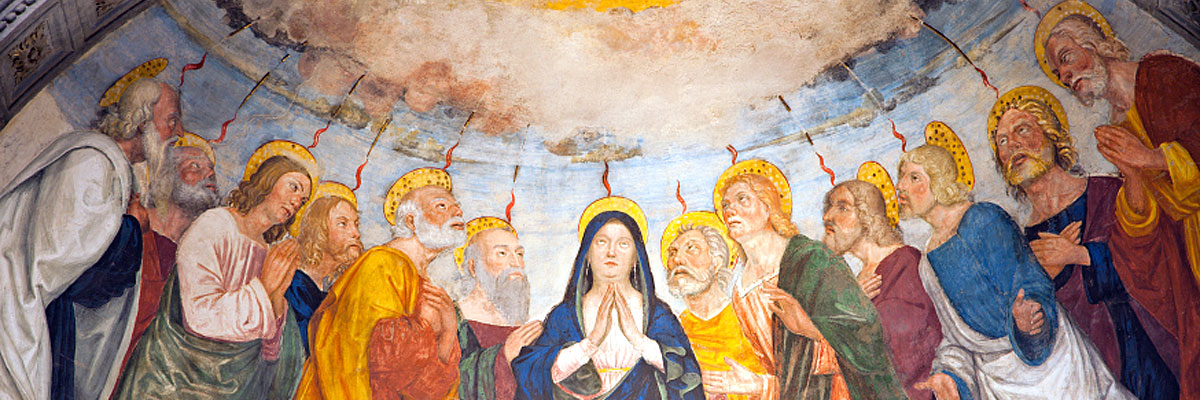
Understanding Our Church
A Treasury of Arkansas Writers Discussing the Catholic Faith
Official Website of the
Catholic Diocese of Little Rock
Unique in purpose and style, both Peter and Paul were crucial leaders
Published: June 21, 2003
By Sister Susan McCarthy, RDC
The time between the death of a founder and the establishment (or non-establishment) of capable strong leaders to continue the vision is a very tenuous time. It is a time of testing to see how well the seeds have been planted and how well the original teachings have been grasped and passed along to others.
Fortunately for the Roman Catholic Church, following the death and resurrection of Jesus leaders emerged who not only understood what they had learned from Jesus, but committed themselves wholeheartedly to his commission: “Go, therefore and make disciples of all nations, baptizing them in the name of the Father and of the Son, and of the Holy Spirit, teaching them to observe all that I have commanded you.” (Matt 28:19-20)
Two such leaders were the apostles, Peter and Paul, whose feast we celebrate June 29. This feast is a solemnity, a solemn feast that recognizes a significant event in the Church, one of only 14 in the Latin Rite of the Catholic Church. The feast begins with evening prayer on the preceding day.
Some feasts, like that of Peter and Paul, have their own vigil Mass that is celebrated on the evening before. This feast is celebrated on the same date in the Eastern and Western Catholic Churches. This year, the solemnity, because it occurs on a Sunday, replaces the usual Sunday liturgy for the 13th Sunday in Ordinary Time.
The Christians of the first century, convinced the end of the world (the parousia) was fast approaching, were not at all concerned about establishing an organized institution. Their priority was to bring real conversion into the lives of as many people as possible, as quickly as possible. Conversion, or metanoia, means a complete “turn around” from a previous life.
The models for such conversion could be found in the lives of two leaders: Peter and Paul. Peter had undergone his own change when he recognized and repented of his cowardice and weakness in denying Jesus. He, who had always been so outspoken and opinionated in the years’ of Jesus public ministry, was silent when Jesus was brought before Pilate.
Paul too was challenged to examine his life when he heard the recriminating question of Jesus, “Why do you persecute me?” It was not until 10 years later, years of withdrawal and soul searching, Paul responded with his ministry to the Gentiles. Within a dozen years he had evangelized Cyprus, Asia Minor, Macedonia and Greece.
After the experience of the Resurrection and the subsequent coming of the Holy Spirit at Pentecost, both men worked to bring the Gospel message beyond the synagogues of Jerusalem and the Jewish Diaspora. The preface used on this solemn feast refers to “Peter, our leader in the faith” and “Paul its fearless preacher.”
Each man is acknowledged for his efforts, which included martyrdom, to build the body of Christ. Scripture scholar Carroll Stuhlmueller, CP, suggests through the readings of the day we celebrate the lives of both men and their different approaches to building the Church: Peter following the road of stability and continuity — from Jesus to the world; Paul that of enrichment and expansion — developing a theology of world apostolate.



